AMD Radeon R9 285 Review: Feat. Sapphire R9 285 Dual-X OC
by Ryan Smith on September 10, 2014 2:00 PM ESTGCN 1.2 - Image & Video Processing
AMD’s final set of architectural improvements for GCN 1.2 are focused on image and video processing blocks contained within the GPU. These blocks, though not directly tied to GPU performance, are important to AMD by enabling new functionality and by offering new ways to offload tasks on to fixed function hardware for power saving purposes.
First and foremost then, with GCN 1.2 comes a new version of AMD’s video decode block, the Unified Video Decoder. It has now been some time since UVD has received a significant upgrade, as outside of the addition of VC-1/WMV9 support it has remained relatively unchanged for a couple of GPU generations.
With this newest generation of UVD, AMD is finally catching up to NVIDIA and Intel in H.264 decode capabilities. New to UVD is full support for 4K H.264 video, up to level 5.2 (4Kp60). AMD had previously intended to support 4K up to level 5.1 (4Kp30) on the previous version of UVD, but that never panned out and AMD ultimately disabled that feature. So as of GCN 1.2 hardware decoding of 4K is finally up and working, meaning AMD GPU equipped systems will no longer have to fall back to relatively expensive software decoding for 4K H.264 video.
On a performance basis this newest iteration of UVD is around 3x faster than the previous version. Using DXVA checker we benchmarked it as playing back a 1080p video at 331fps, or roughly 27x real-time. For 1080p decode it has enough processing power to decode multiple streams and then-some, but this kind of performance is necessary for the much higher requirements of 4K decoding.
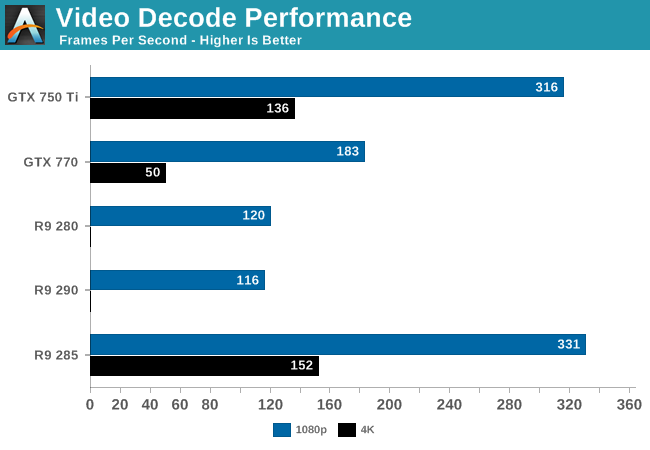
Speaking of which, we can confirm that 4K decoding is working like a charm. While Media Player Classic Home Cinema’s built-in decoder doesn’t know what to do for 4K on the new UVD, Windows’ built-in codec has no such trouble. Playing back a 4K video using that decoder hit 152fps, more than enough to play back a 4Kp60 video or two. For the moment this also gives AMD a leg-up over NVIDIA; while Kepler products can handle 4Kp30, their video decoders are too slow to sustain 4Kp60, which is something only Maxwell cards such as 750 Ti can currently do. So at least for the moment with R9 285’s competition being composed of Kepler cards, it’s the only enthusiast tier card capable of sustaining 4Kp60 decoding.
This new version of UVD also expands AMD’s supported codec set by 1 with the addition of hardware MJPEG decoding. AMD has previously implemented JPEG decoding for their APUs, so MJPEG is a natural extension of that. Though MJPEG is a fairly uncommon codec for most workloads these days, so outside of perhaps pro video I’m not sure how often this feature will get utilized.
What you won’t find though – and we’re surprised it’s not here – is support for H.265 decoding in any form. While we’re a bit too early for full fixed function H.265 decoders since the specification was only ratified relatively recently, both Intel and NVIDIA have opted to bridge the gap by implementing a hybrid decode mode that mixes software, GPU shader, and fixed function decoding steps. H.265 is still in its infancy, but given the increasingly long shelf lives of video cards, it’s a reasonable bet that Tonga cards will still be in significant use after H.265 takes off. But to give AMD some benefit of the doubt, since a hybrid mode is partially software anyhow, there’s admittedly nothing stopping them from implementing it in a future driver (NVIDIA having done just this for H.265 on Kepler).
Moving on, along with their video decode capabilities, AMD has also improved on their video encode capabilities for GCN 1.2 with a new version of their Video Codec Engine. AMD’s hardware video encoder has received a speed boost to improve its encoding performance at all levels, and after previously being limited to a maximum resolution of 1080p can now encode at resolutions up to 4K. Meanwhile by AMD’s metrics this new version of VCE should be capable of encoding 1080p up to 12x over real time.
A quick performance check finds that while the current version of Cyberlink’s MediaEspresso software isn’t handling 4K video decoding quite right, encoding from a 1080p source shows that the new VCE is roughly 40% faster than the old VCE in our test.
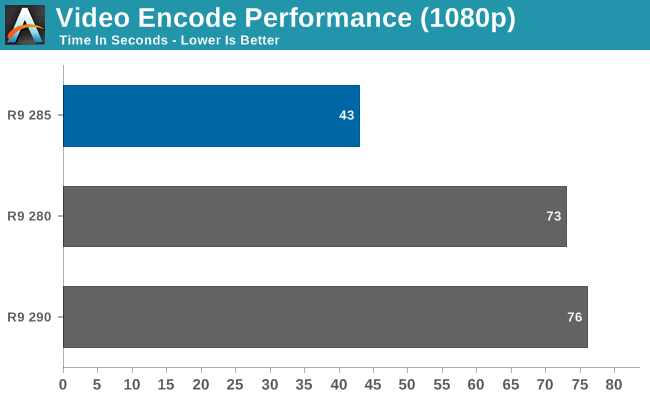
4K video is still rather new, so there’s little to watch and even less of a reason to encode. That of course will change over time, but in the meantime the most promising use of a hardware 4K encoder would be 4K gameplay recording through the AMD Gaming Evolved Client’s DVR function.


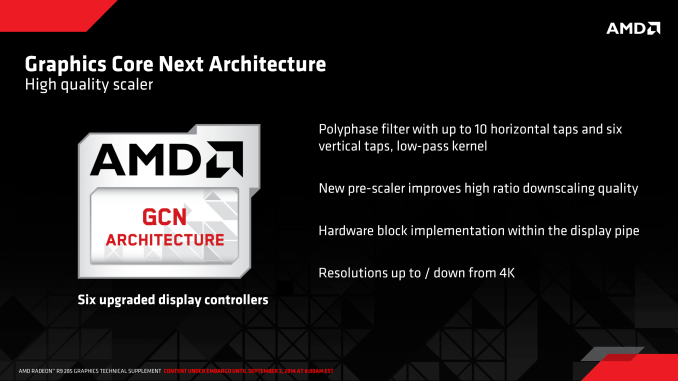
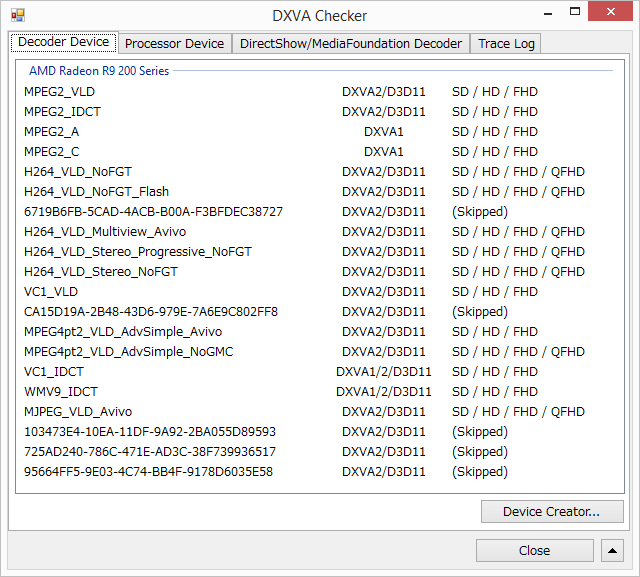
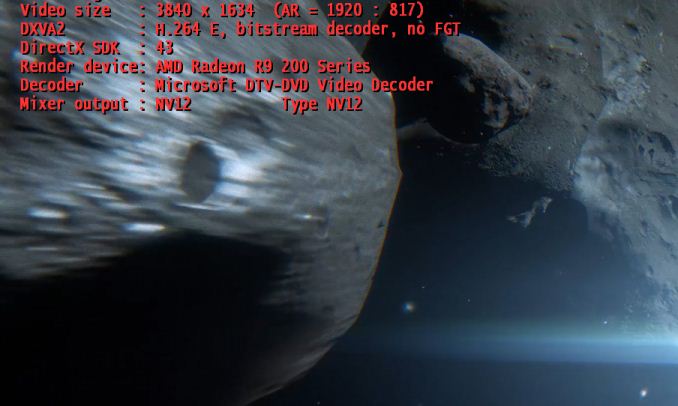








86 Comments
View All Comments
TiGr1982 - Thursday, September 11, 2014 - link
BTW, is Tonga the only new GPU AMD has to offer in 2014?(if I'm not mistaken, the previous one from AMD, Hawaii, was released back in October 2013, almost a year ago)
Does anybody know?
HisDivineOrder - Thursday, September 11, 2014 - link
The thing is the moment I heard AMD explaining how Tonga was too new for current Mantle applications, I was like, "And there the other shoe is dropping."The promise of low level API is that you get low level access and the developer gets more of the burden of carrying the optimizations for the game instead of a driver team. This is great for the initial release of the game and great for the company that wants to have less of a (or no) driver team, but it's not so great for the end user who is going to wind up getting new cards and needing that Mantle version to work properly on games no longer supported by their developer.
It's hard enough getting publishers and/or developers to work on a game a year or more after release to fix bugs that creep in and in some cases hard to get them to bother with resolution switches, aspect ratio switches, the option to turn off FXAA, the option to choose a software-based AA of your choice, or any of a thousand more doohickeys we should have by now as bog-standard. Can you imagine now relying on that developer--many of whom go completely out of business after finishing said title if they happen to work for Activision or EA--to fix all the problems?
This is why a driver team is better working on it. Even though the driver team may be somewhat removed from the development of the game, the driver team continues to have an incentive to want to fix that game going forward, even if it's a game no longer under development at the publisher. You're going to be hard pressed to convince Bobby Kotick at Activision that it's worth it to keep updating versions of games older than six months (or a year for Call of Duty) because at a certain point, they WANT you to move on to another game. But nVidia and AMD (and I guess Intel?) want to make that game run well on next gen cards to help you move.
This is where Mantle is flawed and where Mantle will never recover. Every time they change GCN, it's going to wind up with a similar problem. And every time they'll wind up saying, "Just switch to the DX version." If Mantle cannot be relied upon for the future, then it is Glide 2.0.
And why even bother at all? Just stick with DirectX from the get-go, optimize for it (as nVidia has shown there is plenty of room for improvement), and stop wasting any money at all on Mantle since it's a temporary version that'll rapidly be out of date and unusable on future hardware.
The-Sponge - Thursday, September 11, 2014 - link
I do not understand how they got there R9 270x temperatures, my OC'd R9 270x never even comes close to the temps they got....mac2j - Friday, September 12, 2014 - link
It's great that they've caught up with H.264 on hardware and the card otherwise looks fine. The bottom line for me, though, is that I don't see the point of buying card now without H.265 on hardware and an HDMI 2.0 port - 2 things Maxwell will bring this year. I haven't heard what AMDs timetable is there though.P39Airacobra - Friday, October 17, 2014 - link
It really irritates me that they are making these cards throttle to keep power and temps down! That is pathetic! If you can't make the thing right just don't make it! Even if it throttles .1mhz it should not be tolerated! We pay good money for this stuff and we should get what we pay for! It looks like the only AMD cards worth anything are the 270's and under. It stinks you have to go Nvidia to get more power! Because Nvidia really rapes people with their prices! But I must say the GTX 970 is priced great if it is still around $320. But AMD should have never even tried with this R9 285! First of all when you pay that much you should get more than 2GB. And another thing the card is pretty much limited to the performance of the R9 270's because of the V-Ram count! Yeah the 285 has more power than the 270's, But whats the point when you do not have enough V-Ram to take the extra power were you need a card like that to be? In other words if you are limited to 1080p anyway, Why pay the extra money when a R7 265 will handle anything at 1080p beautifully? This R9 285 is a pointless product! It is like buying a rusted out Ford Pinto with a V-8 engine! Yeah the engine is nice! But the car is a pos!P39Airacobra - Friday, January 9, 2015 - link
(QUOTE) So a 2GB card is somewhat behind the times as far as cutting edge RAM goes, but it also means that such a card only has ¼ of the RAM capacity of the current-gen consoles, which is a potential problem for playing console ports on the PC (at least without sacrificing asset quality).(SIGH) So now even reviewers are pretending the consoles can outperform a mid range GPU! WOW! How about telling the truth like you did before you got paid off! The only reason a mid range card has problems with console ports is because they are no longer optimized! They just basically make it run on PC and say xxxx you customers here it is! And no the 8GB on the consoles are used for everything not for only V-Ram! We are not stupid idiots that fall for anything like the idiots in Germany back in the 1930's!